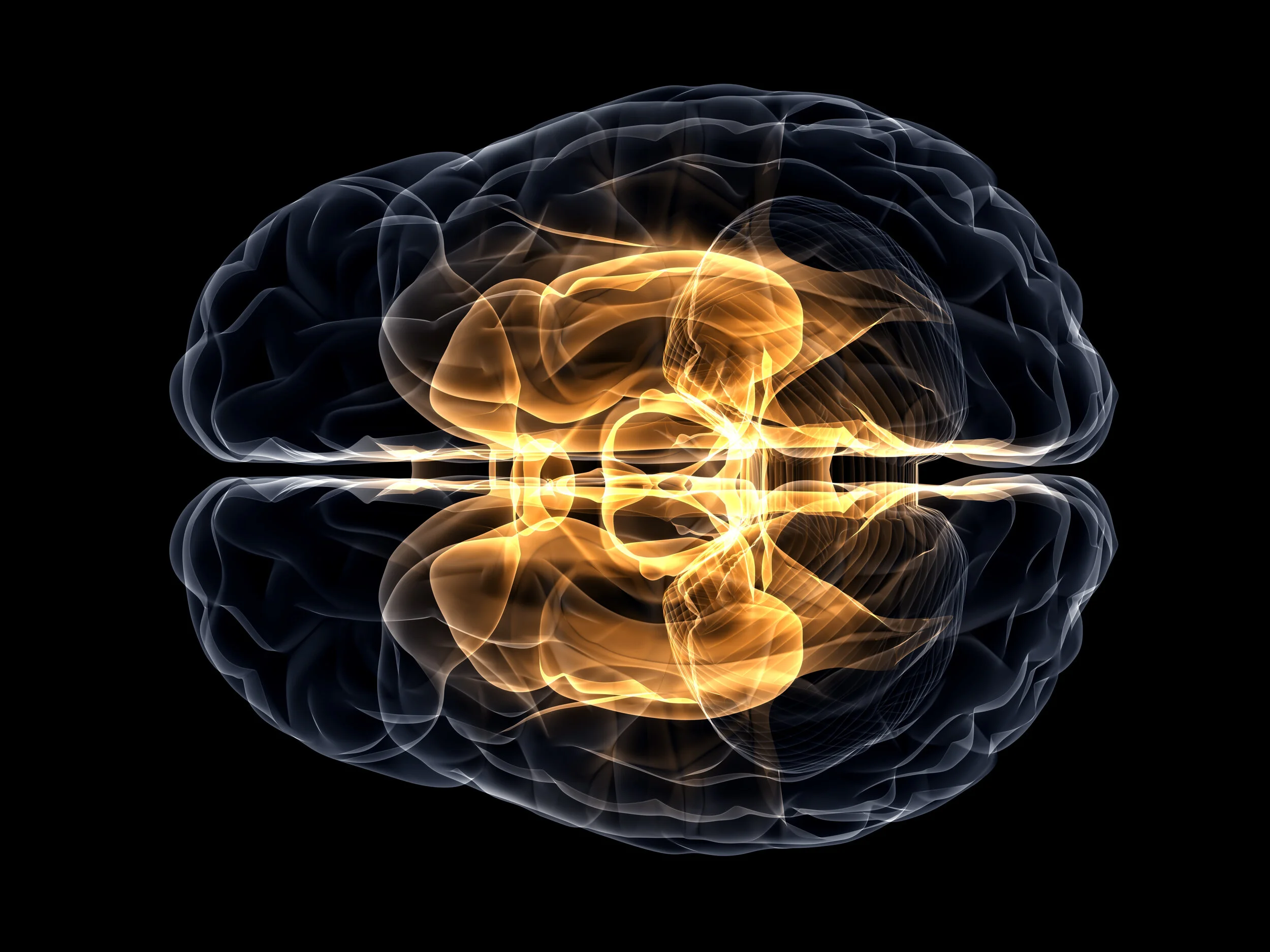MNTF Discovery | GM6 Development | GM6 and the Blood-Brain-Barrier
GM6 Efficacy in Neuroprotection | Drug Properties | Pipeline
Neurodegenerative diseases and disorders are complex, multifactorial conditions, and multiple biologic targets must be modulated to affect the disease in question.
It is not surprising, then, that the current paradigm of single-target drug development continues to result in clinical trial failures with respect to neurodegenerative conditions. And yet for all this complexity, there is a considerable overlap of common pathways and targets across neurodegenerative diseases. It therefore stands to reason that something that could regulate these common underlying pathways and targets could have dramatic effects across a range of neurodegenerative conditions.








